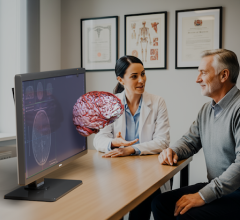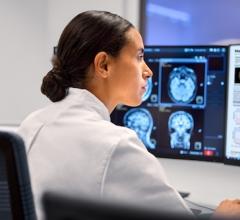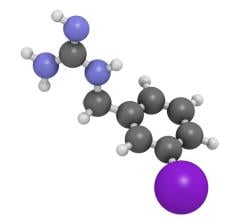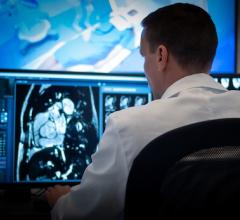
February 22, 2012 — Cardiologists are expecting to use fewer imaging modalities per patient case in the future, according to a new report released by market research firm IMV Medical Information Division. The finding could indicate that efforts to crack down on the inappropriate use of medical imaging could be bearing fruit.
In 2008, cardiologists might have used three or four diagnostic imaging tests to diagnose a particular condition, but the recent research shows they are now inclined to use fewer types of exams. This trend may be the result of increasing use of appropriateness criteria guidelines for using medical imaging in cardiology, as well as growth in the use of increasingly restrictive precertification requirements for reimbursement of imaging tests, according to Lorna Young, senior director for Market Research at IMV.
For example, in October 2010, representatives from eight cardiology-related professional societies published new cardiac computed tomography (CT) appropriateness criteria to incorporate new data and clarify recommendations that may have previously been ambiguous.
"Consequently, while the use of CT angiography as a primary imaging modality is continuing to expand among U.S. cardiologists, its use has not caught on to the extent anticipated by cardiologists in IMV's prior 2006 and 2008 studies," Young said.
In addition, concerns about radiation exposure from advanced CT equipment may have limited its use as a primary imaging modality among cardiologists, Young observed. CT angiography is more frequently used as a follow-up test after positive results on echocardiography or single-photon emission computed tomography (SPECT) testing.
IMV's 2011 study, "Present Practices and Future Directions in Cardiac Imaging: The Cardiologist's Perspective, 2011-2014," was conducted with more than 200 U.S. cardiologists in July and August of 2011. The report is a sequel to IMV's prior 2006 and 2008 reports, and covers cardiologists' present and future use of advanced diagnostic imaging modalities for the full range of cardiac conditions that they see.
The new report explores trends since 2006 in the use and referral of cardiac CT angiography, CT calcium scoring, cardiac magnetic resonance (MR) and MR angiography, SPECT and SPECT/CT, positron emission tomography (PET) and PET/CT, cardiac catheterization, and echocardiography in cardiology practices. IMV's report details the use of these diagnostic imaging modalities for 11 key cardiac indications, including new and chronic angina, nonspecific chest pain, congestive heart failure, survivors of myocardial infarction, patients after coronary artery bypass surgery and patients after percutaneous coronary intervention.
Report highlights include:
- Two-thirds of U.S. cardiologists order some CT angiography exams on a monthly basis, while more than 90 percent routinely order SPECT, echocardiography and cardiac catheterization procedures for their patients.
- The aggressive shifting of cardiac procedures to CT angiography has not occurred at the rate predicted by cardiologists in the prior 2006 and 2008 studies. However, some shifting of CT angiography procedures continues to be anticipated by 2014.
- More than 60 percent of the cardiology practices represented in the survey sample presently own or lease at least one piece of SPECT or SPECT/CT equipment, and 95 percent have at least one echocardiography unit in their practice.
- Echocardiography represents one of the top two diagnostic imaging modalities for 10 of the 11 cardiac conditions covered in the survey.
- While the use of MR and MR angiography was expected to become significantly more widespread by cardiologists in IMV's 2008 study, MR was not identified as a “top three modality” for any one of the 11 cardiac indications addressed in the 2011 survey. Going forward, MR angiography is expected to be a “top three modality” for evaluating valvular heart disease conditions by 2014.
For more information: www.imvinfo.com


 December 15, 2025
December 15, 2025 









